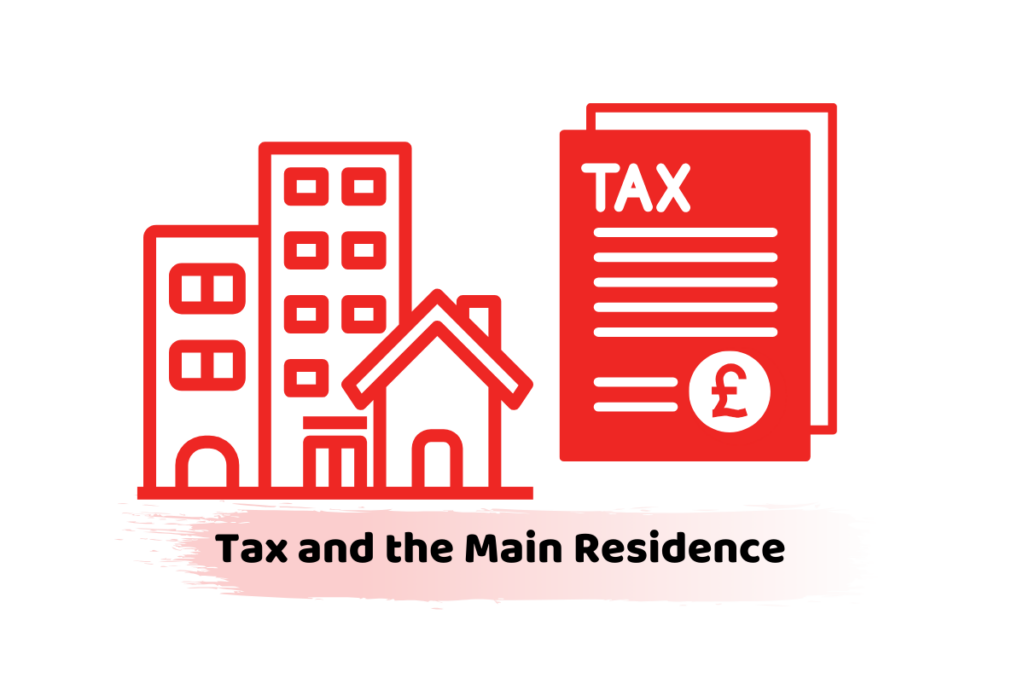For most of us, the house in which we live – our ‘only or main residence’ in the terms of the tax legislation – is our most valuable asset. For many of us, it is one that has increased in value substantially over the years. For most assets, an increase in value is subject to capital gains tax (CGT) on a sale or disposal, but there is a specific exemption for the only or main residence. This applies to a house and garden or grounds of up to half a hectare (or a larger area if this is needed for the reasonable enjoyment of the property, bearing in mind its size and character). Further, some periods when a property is not, in fact, occupied as the main residence may still qualify for the exemption. Examples are the last nine months of ownership, absences of up to three years in total for any reason, four years if employment requires the owner (or their spouse or civil partner) to work elsewhere in the UK, or longer if they have to work abroad.
Elections and Apportionment
An individual (or spouses and civil partners) may only have one main residence eligible for exemption from CGT. If they own more than one property that they use themselves (e.g., a city flat where they live during the week and a country cottage for the weekends), they can elect which is to be treated as their main residence. This election must be made within two years of the properties becoming available for their use and it can be changed from one property to another. If the exemption applies only to a property for part of its period of ownership, any gain must be apportioned on a time basis to determine the exempt element.
Example: Apportioned Gain
Mr Smith bought a house for £100,000 in January 2010, which he rented out until December 2015. From January 2016, he lived in the property with his family until December 2022, when they moved to a new house. Unfortunately, the old house was not sold until December 2023, at a sale price of £250,000. Ignoring the costs of acquisition and sale, which would be deductible (along with the cost of any capital improvements), the total gain is £150,000 over the period of ownership of 14 years (i.e., 168 months). He occupied the property as his main residence for seven years (i.e., 84 months), and the proportion of the gain relating to this period – and the final nine months of ownership (93 months) – is exempt. The chargeable gain will therefore be £66,964 (i.e., £150,000 x (75)/168 months).
Occupation of the Property
Generally, there must be ‘a degree of permanence or expectation of continuity’ if a property is to be treated as the only or main residence. If the whole property is not occupied as a main residence (e.g., because a part is used exclusively for business purposes or is let out as residential accommodation), any gain on disposal must be apportioned on a time and area basis to establish the non-exempt element. If part of the gain relates to residential letting while the owner occupies part of the property, there is an exemption of up to the lower of £40,000 and the amount of the gain that would otherwise be exempt.
Conclusion
This article covers only some of the aspects of the only or main residence exemption, and professional advice should be sought if there is any doubt as to whether the whole gain would be eligible for relief. This is particularly important because tax on residential property gains must be declared and paid on or before the 60th day after the completion of the disposal using a UK land disposal return.
Practical Tip
The only or main residence exemption is subject to special rules in the cases of spouses and civil partners, particularly on a separation or divorce, and also when ownership is transferred between them.





















































